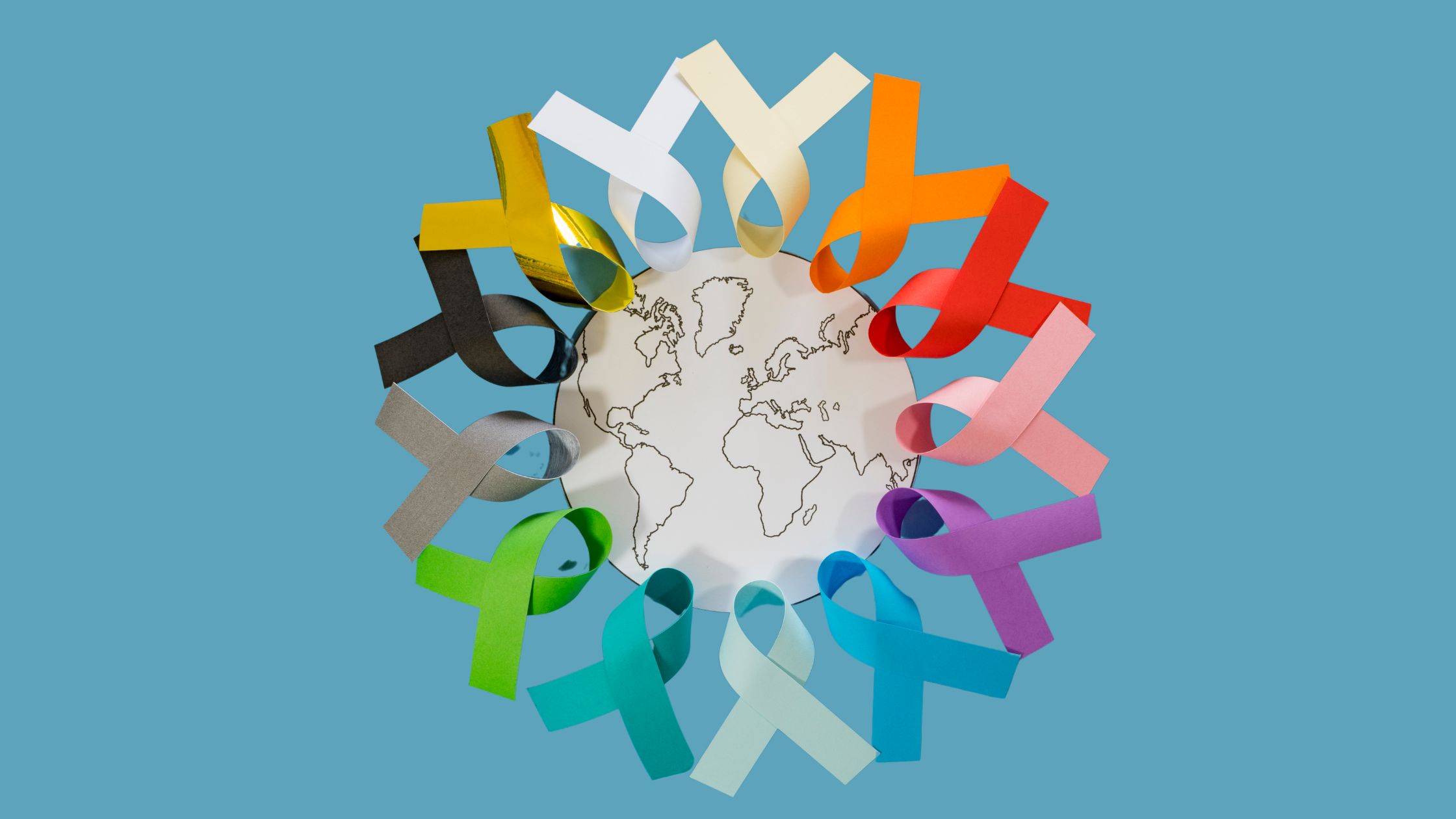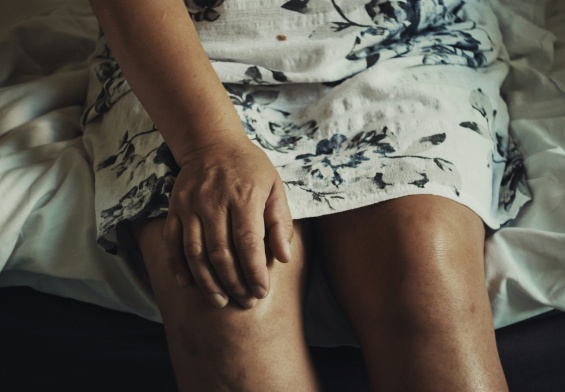Cancer pain can be physically exhausting and emotionally draining, but it doesn’t have to take over daily life. Whether you’re a patient or a caregiver, knowing how to manage pain at home can make a huge difference in comfort and well-being.
Since World Cancer Day (Feb 4) is all about raising awareness and improving cancer care worldwide, now is the perfect time to talk about practical ways to ease pain and create a better home environment. Let’s break down the best pain management strategies—both medical and non-medical—to help you or your loved one feel more comfortable.
Understanding Cancer Pain
Not all cancer pain is the same. It can range from mild discomfort to severe, constant pain, depending on factors like tumor size, location, and treatment side effects. Here are the main types of cancer pain:
- Nerve Pain (Neuropathic Pain) – Caused by nerve damage from tumors, surgery, or chemotherapy. It often feels like burning, tingling, or shooting pain.
- Bone Pain – When cancer spreads to the bones, it can cause deep, aching pain that worsens with movement.
- Soft Tissue Pain – Tumors pressing on muscles, organs, or skin can cause tenderness or cramping.
- Breakthrough Pain – Sudden pain spikes despite medication, usually short-lived but intense.
If cancer pain is interfering with daily activities, it’s important to discuss it with a doctor. Pain isn’t something to “tough out”—it can and should be managed effectively.
Medication Management at Home
Pain medications play a key role in cancer pain relief. Here’s how to use them safely and effectively:
1. Follow a Pain Management Schedule
Taking medication on time is crucial. Waiting until the pain becomes unbearable makes it harder to control. Doctors usually recommend a mix of:
- Non-prescription pain relievers (ibuprofen, acetaminophen) for mild pain.
- Opioids (morphine, oxycodone, fentanyl) for moderate to severe pain.
- Adjuvant medications like antidepressants or steroids to help with nerve pain or inflammation.
2. Be Aware of Side Effects
Common side effects of pain meds include:
✔ Nausea & Vomiting – Eating small meals, staying hydrated, and using anti-nausea medications can help.
✔ Constipation – High-fiber foods, plenty of water, and mild laxatives can prevent discomfort.
✔ Drowsiness or Dizziness – Adjusting medication timing or dosage may help—consult a doctor if it becomes a problem.
3. Avoid Overuse or Misuse
Opioids are effective but must be used carefully. If pain meds don’t seem to be working, don’t increase the dose on your own—talk to a doctor about adjusting your treatment plan.
Non-Medical Pain Relief Strategies
Medications aren’t the only way to ease pain. These home remedies can also provide relief:
1. Heat & Cold Therapy
- Heat (Heating Pads, Warm Baths) – Helps relax muscles and improve blood flow.
- Cold Packs – Reduces swelling and numbs sharp pain.
2. Gentle Massage & Movement
Light massage, stretching, or slow walks can improve circulation and relieve stiffness. However, if cancer has spread to the bones, check with a doctor before trying massage therapy.
3. Relaxation Techniques
Stress and anxiety can make pain feel worse. Try:
- Deep Breathing Exercises – Inhale for four counts, hold, and exhale slowly.
- Guided Meditation or Visualization – Imagining a peaceful place can shift focus away from pain.
- Listening to Calming Music – Soft instrumental or nature sounds can ease tension.
4. Aromatherapy & Natural Remedies
Scents like lavender (relaxation) or peppermint (nausea relief) can have a calming effect. Herbal teas like chamomile may also promote relaxation and better sleep.
Creating a Comfortable Home Environment
A few small adjustments around the house can make daily life easier and more comfortable.
1. Adjust Sleeping & Resting Spaces
- Use extra pillows for support and positioning.
- Consider an adjustable bed to relieve pressure points.
- Keep essentials within reach (water, medication, phone) to avoid unnecessary movement.
2. Improve Seating & Mobility
- A recliner with armrests offers better support than a regular chair.
- If mobility is difficult, use walking aids, railings, or ramps to reduce strain.
3. Control Lighting & Noise
- Soft lighting creates a more relaxing atmosphere.
- Noise machines or earplugs can block out distractions for better rest.
Small changes like these can have a big impact on pain levels and overall well-being.
Emotional & Psychological Support
Pain isn’t just physical—it’s deeply emotional. Feelings of frustration, anxiety, or depression can intensify pain. Here’s how to support mental health:
- Talk About It – Open conversations with family, friends, or a therapist can help ease emotional stress.
- Join a Support Group – Connecting with others who understand the journey can be incredibly helpful.
- Try Journaling – Writing down pain levels, emotions, and daily experiences can help identify patterns and triggers.
For caregivers, self-care is just as important. Taking short breaks, asking for help, and maintaining your own health will help you provide better care.
When to Seek Professional Help
If home pain management isn’t enough, don’t hesitate to reach out for help. Consider:
- Palliative Care – Specialists who focus on symptom relief and improving quality of life.
- Hospice Care – Support for patients with advanced cancer, focusing on comfort and dignity.
- Adjusting Medications – If pain worsens, a doctor may suggest stronger medications or alternative treatments.
You don’t have to manage cancer pain alone—there are professionals ready to support you.
Final Thoughts
Pain management isn’t one-size-fits-all. The right combination of medications, lifestyle adjustments, and emotional support can make a world of difference.
This World Cancer Day, let’s continue spreading awareness and ensuring that no one has to suffer in silence. If you or a loved one is struggling with cancer pain, reach out for support—because comfort and care should always come first.
You’re not alone in this journey, and help is always available.




